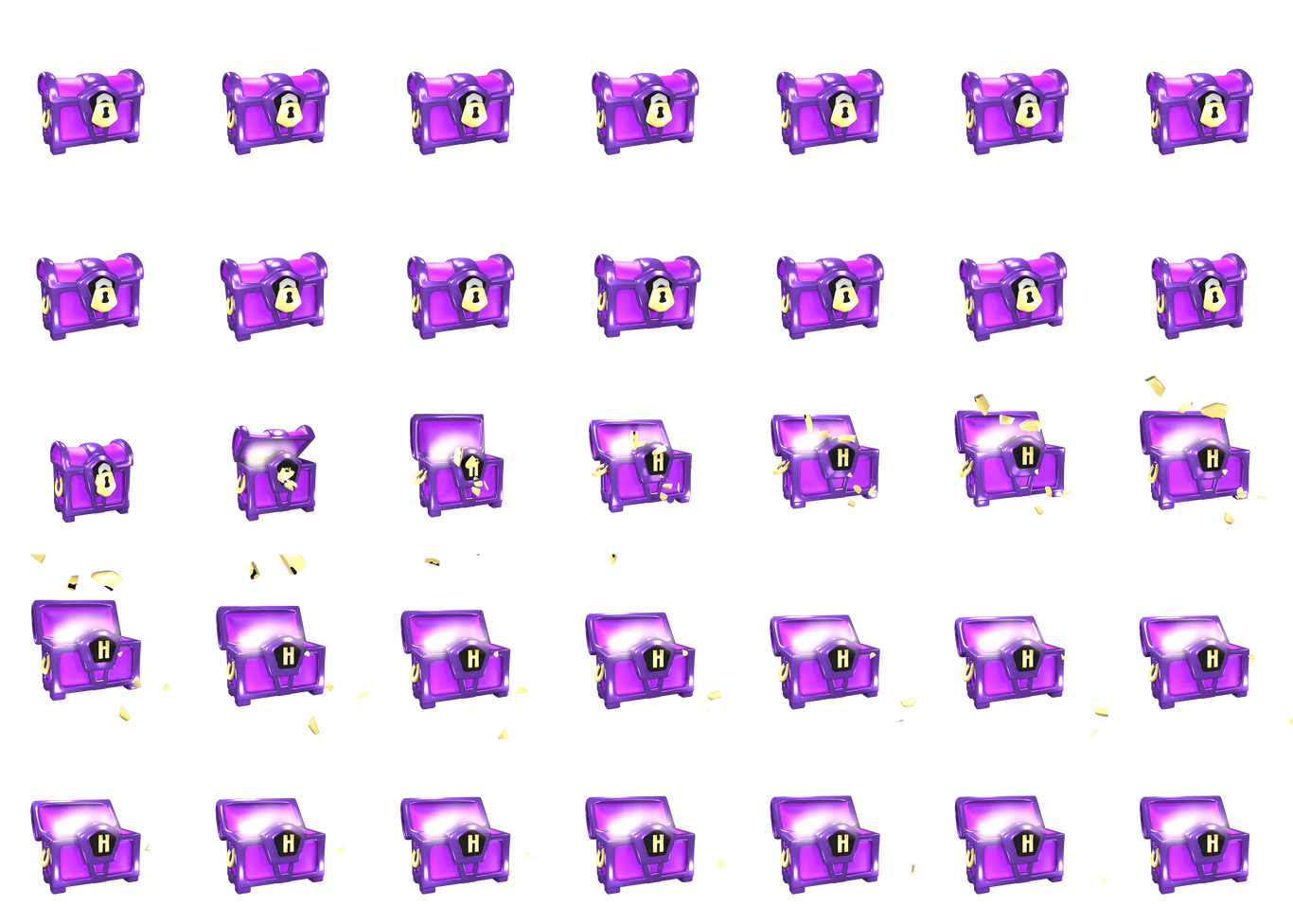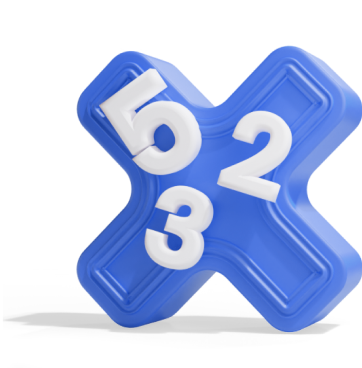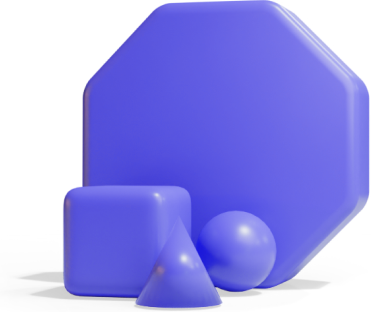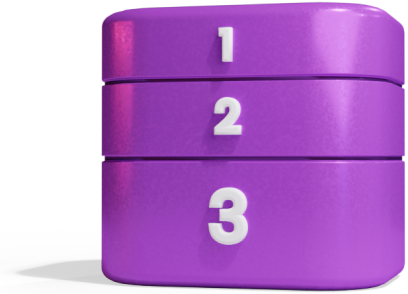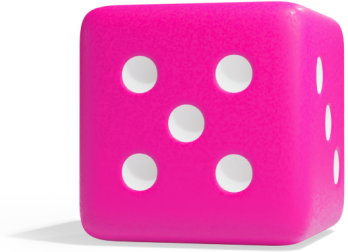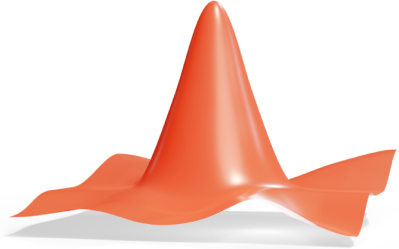12th Grade
How do you Make a Probability Distribution for a Random Variable
{
"voice_prompt": "Speak clearly and naturally. Pause briefly at commas.",
"manuscript": {
"title": {
"text": "How do you Make a Probability Distribution for a Random Variable",
"audio": "How do you Make a Probability Distribution for a Random Variable"
},
"description": {
"text": "You make a probability distribution by identifying and calculating the possibilities of all outcomes of a random event. Then you normalize these probabilities so they sum to one.",
"audio": "You make a probability distribution by identifying and calculating the possibilities of all outcomes of a random event. Then you normalize these probabilities so they sum to one."
},
"scenes": [
{
"text":"Lets start with a example. Imagine you have four coins, and you want to find the probability distribution for the number of heads that can appear when you flip them all. The possible outcomes are zero heads, one head, two heads, three heads, and four heads.",
"latex":"\\text{Possible outcomes for four coin flips: } 0, 1, 2, 3, 4 \\text{ heads}"
},
{
"text": "We let X be the random variable representing the number of heads. The possible values for X are 0, 1, 2, 3, and 4.",
"latex": "X = \\text{Number of Heads}"
},
{
"text": "You can map out the possible outcomes. First, the first coin can can show either heads or tails.",
"latex":"\\begin{array}{cc} \\text{H} & \\text{T} \\\\ \\end{array}"
},
{
"text":"Second, the second coin can also show either heads or tails.",
"latex":"\\begin{array}{cccc} \\text{HH} & \\text{HT} & \\text{TH} & \\text{TT} \\\\ \\end{array}"
},
{
"text":"Next, the third coin can show either heads or tails.",
"latex": "\\begin{array}{cccc} \\text{HHH} & \\text{HTH} & \\text{THH} & \\text{TTH} \\\\ \\text{HHT} & \\text{HTT} & \\text{THT} & \\text{TTT} \\\\ \\end{array}"
},
{
"text": "Finally, the fourth coin can show either heads or tails. Now you have all the possible outcomes. Let's count how many times each combination of heads and tails appears. For all four coins to be heads, there is only one way. For three heads and one tail, there are four combinations. For two heads and two tails, there are six combinations. For one head and three tails, there are also four combinations. Finally, for all four coins to be tails, there is only one way.",
"latex": "\\begin{array}{cccc} \\text{HHHH} & \\text{HTHH} & \\text{THHH} & \\text{TTHH} \\\\ \\text{HHHT} & \\text{HTHT} & \\text{THHT} & \\text{TTHT} \\\\ \\text{HHTH} & \\text{HTTH} & \\text{THTH} & \\text{TTTH} \\\\ \\text{HHTT} & \\text{HTTT} & \\text{THTT} & \\text{TTTT} \\\\ \\end{array}"
},
{
"text": "You can summarize this into a table. There is one way of getting zero heads. Four ways of getting one head. Six ways of getting two heads. Four ways of getting three heads, and one way of getting four heads.",
"latex": "\\begin{array}{cc} \\text{Number of heads} & \\text{Number of ways} \\\\ 0 & 1 \\\\ 1 & 4 \\\\ 2 & 6 \\\\ 3 & 4 \\\\ 4 & 1 \\\\ \\end{array}"
},
{
"text": "Now you can calculate the probabilities. The total number of outcomes when flipping four coins is 2 to the power of 4, which is 16.",
"latex": "\\text{Total outcomes: } 2^4 = 16"
},
{
"text": "The probability of getting zero heads is 1 out of 16, or 0.0625. The probability of getting one head is 4 out of 16, or 0.25. The probability of getting two heads is 6 out of 16, or 0.375. The probability of getting three heads is also 4 out of 16, or 0.25. Finally, the probability of getting four heads is again 1 out of 16, or 0.0625.",
"latex": "P(X=0) = \\frac{1}{16} = 0.0625 \\\\ P(X=1) = \\frac{4}{16} = 0.25 \\\\ P(X=2) = \\frac{6}{16} = 0.375 \\\\ P(X=3) = \\frac{4}{16} = 0.25 \\\\ P(X=4) = \\frac{1}{16} = 0.0625"
},
{
"text": "This property is called normalization. All the probabilities in a distribution must add up to 1, because one of the possible outcomes has to happen.",
"latex": "\\text{Normalization: } P(X=x) = 1"
},
{
"text": "Now you can present this distribution in a table.",
"latex": "\\begin{array}{cc} x & P(X=x) \\\\ 0 & \\frac{1}{16} \\\\ 1 & \\frac{4}{16} \\\\ 2 & \\frac{6}{16} \\\\ 3 & \\frac{4}{16} \\\\ 4 & \\frac{1}{16} \\\\ \\end{array}"
},
{
"text": "You could also show this as a bar graph, where the height of each bar represents the probability.",
"latex": "\\text{Bar graph representation}"
}
],
"outro": {
"text": "In summary, creating a probability distribution involves identifying all possible outcomes of a random event, determining the likelihood of each outcome, and presenting this information in a structured format. This process is essential for analyzing and understanding random phenomena.",
"audio": "In summary, creating a probability distribution involves identifying all possible outcomes of a random event, determining the likelihood of each outcome, and presenting this information in a structured format. This process is essential for analyzing and understanding random phenomena."
}
}
}
